|
Getting your Trinity Audio player ready...
|
As a longtime resident of Minnesota, you’re used to fast-changing weather—and this week is no exception. After some beautiful 75-degree days, a fall cold front has come slamming through the Upper Midwest, dropping temperatures by 25 degrees and kicking up the wind. Will that ruin your weekend plans, which involve flying to meet some friends at a lodge in South Dakota?
It’s 1pm central time and you’re finished with work for the week, hopefully allowing you to head to the airport for an afternoon flight. Ideally, you’d fly your Cessna 182 from Flying Cloud Airport (FCM) to Aberdeen, South Dakota (ABR), a one hour and 45 minute flight. You are not instrument rated, so this flight will have to be done VFR. Estimated departure time is 1900Z. Read the weather forecast below and tell us what you would do.
Overview
At first glance, ForeFlight shows pretty decent weather. Some rain from the cold front is moving off to the east of Minneapolis, with just a few leftover cells around Aberdeen.
The surface analysis chart shows very little to worry about, with high pressure building in behind the cold front.
The 12-hour prog chart is likewise pretty quiet.
Radar and satellite
How serious is that rain around your destination? A look at the static regional radar shows very scattered light rain in the eastern third of the Dakotas
AIRMETs
The G-AIRMET shows a clear route, with the IFR conditions remaining to the east of Minneapolis.
While you’ll be VFR today, the icing AIRMET should reinforce this idea: there is probably some ice in that cloud layer.
How about turbulence? The wind is definitely blowing, so it’s not a surprise to see some AIRMETs for bumps, but the low level turbulence is forecast to be well south of your route.
Graphical forecasts
The graphical turbulence forecast backs up the AIRMETs: there will certainly be a few gusts to deal with, but the 3000-foot turbulence chart doesn’t look too bad.
How about those clouds? Will they stay high enough to allow a VFR flight? The 3-hour cloud forecast says yes, but it might be close. Ceilings look to be 2500 to 3500 feet, with tops from 7000 to 10,000.
Text weather
Your departure airport is reporting pretty good VFR, with excellent visibility and layered clouds. But the wind is blowing.
En route, conditions appear to be about the same, with a scattered layer around 2500 feet and gusty winds.
At your destination, conditions aren’t quite as good. That cloud layer has become broken and there’s light rain falling. However, the forecast calls for better weather as the afternoon goes on, so at least the trend is in your favor.
There aren’t many PIREPs, but one from nearby Minneapolis-Saint Paul International Airport reported wind shear on landing.
Another report near MSP shows a 2300 foot ceiling and some turbulence.
Further west, a PIREP at your destination reported bases at 3500 feet.
Decision time
It’s time to make the go/no-go decision. All METARs show VFR conditions, you’re on the back side of the cold front, and there’s plenty of daylight to complete this flight over flat and familiar terrain. But there appear to be a few rain showers out there and it won’t be a smooth ride. Are you flying or driving? Add a comment below and tell us your thought process.
- The aviation community is alive and well - June 2, 2025
- The Starlink era is here—will we regret it? - April 9, 2025
- Pilot’s Bucket List: 11 Must-Do Adventures After Earning Your License - March 14, 2025

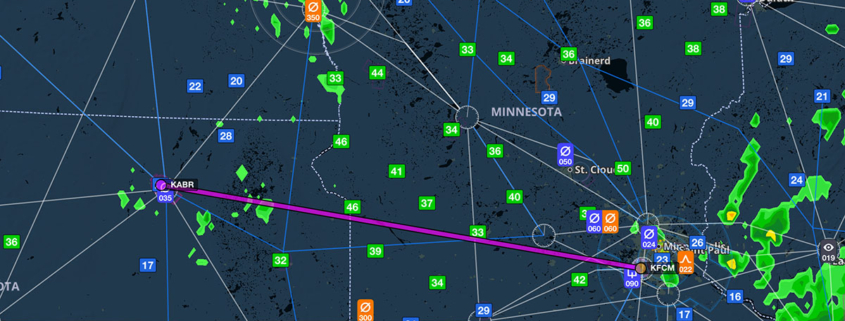
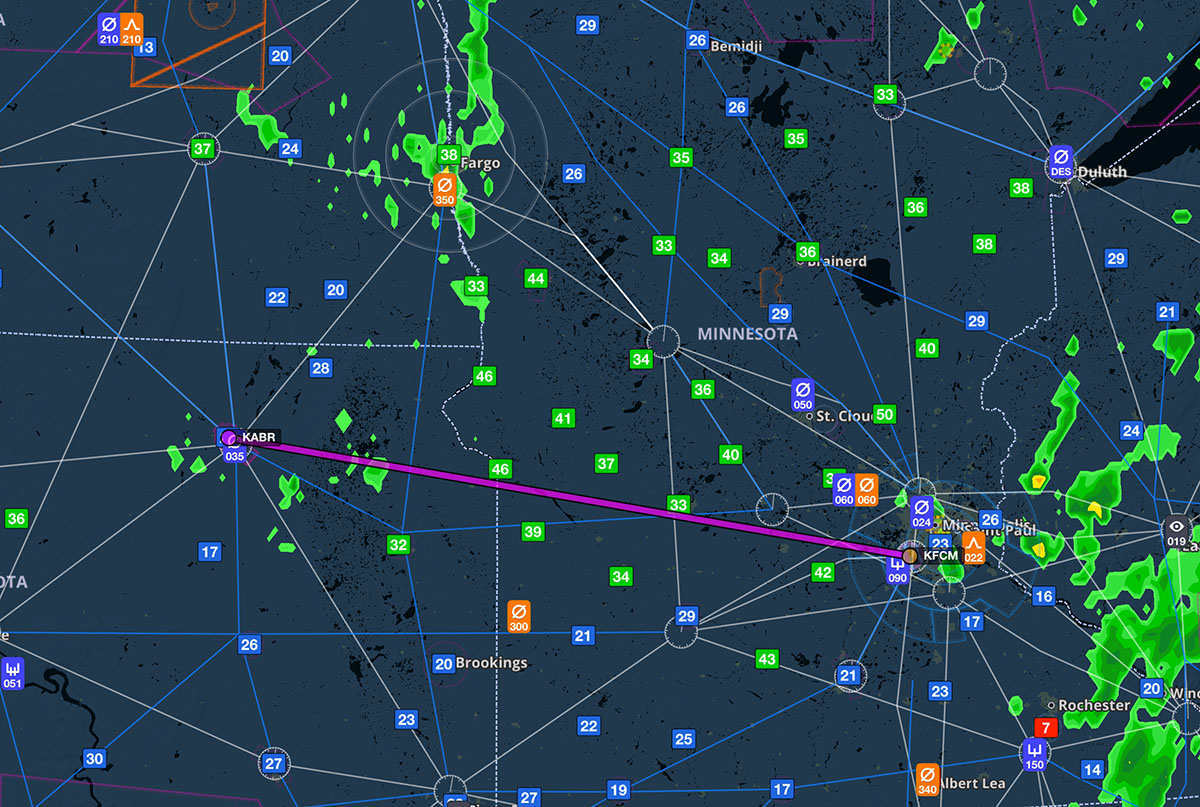
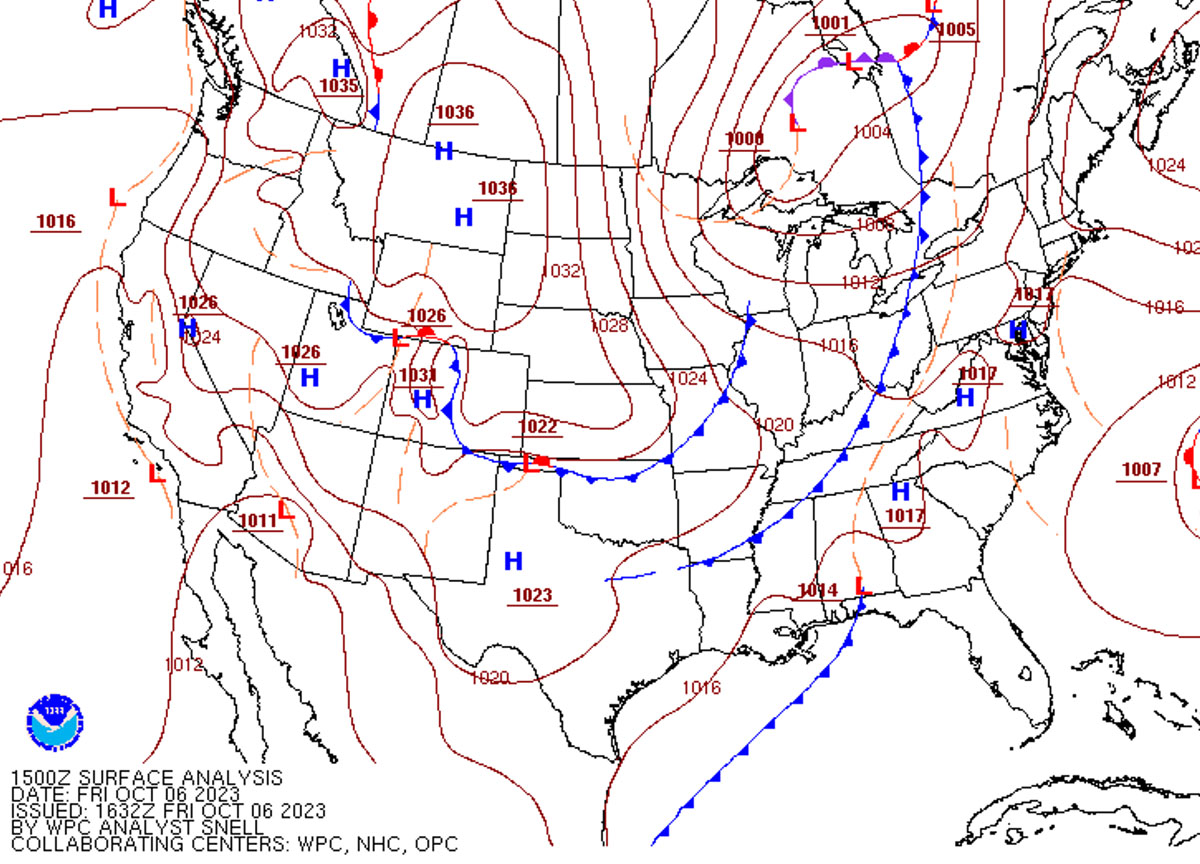
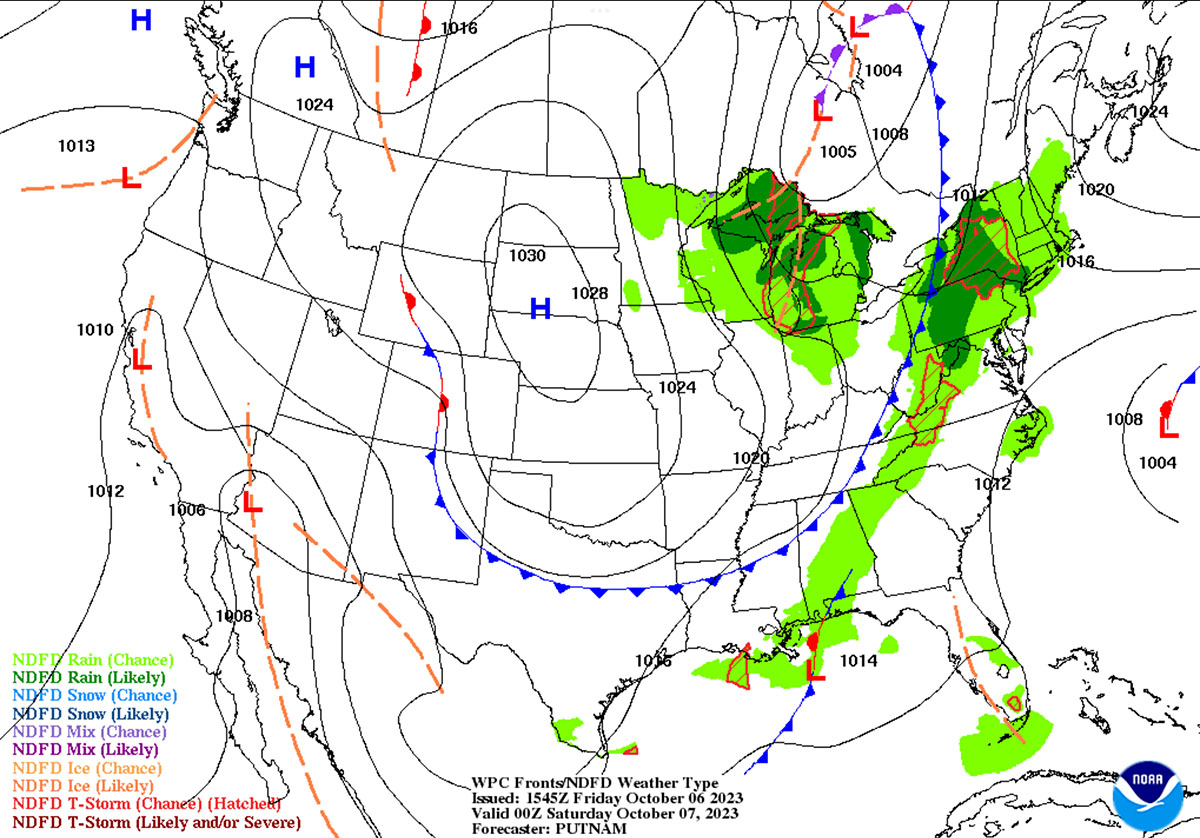

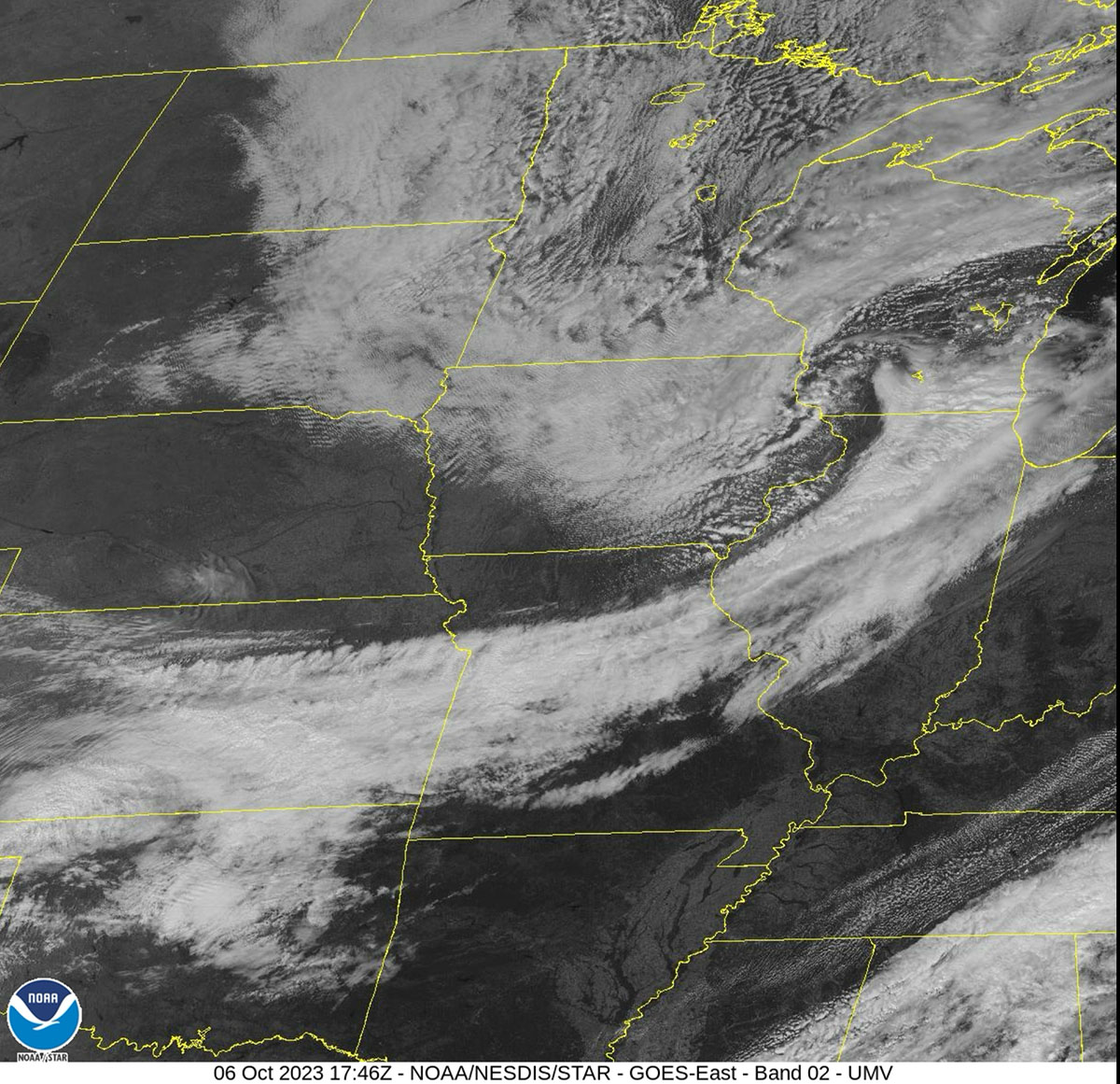



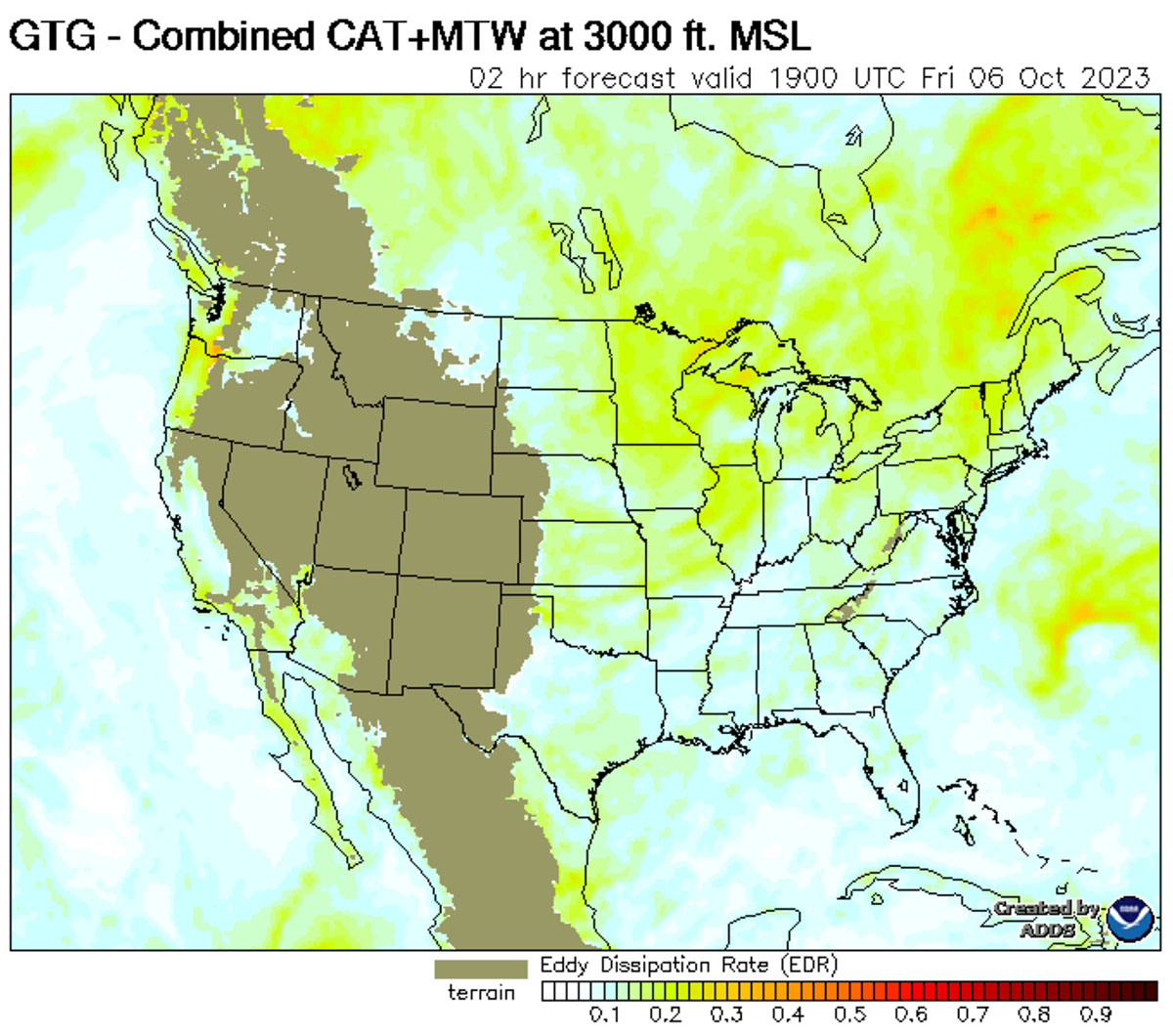


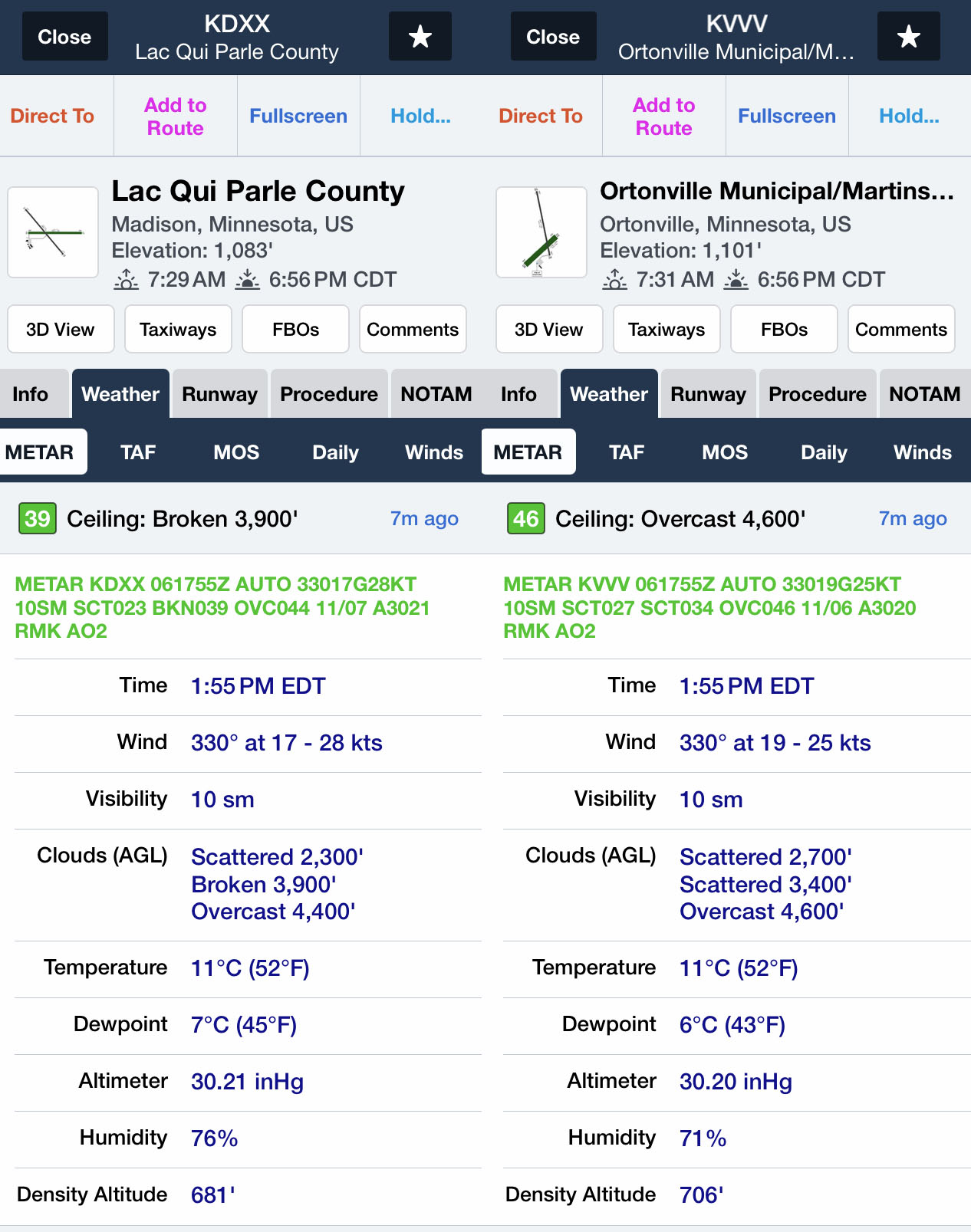






Whew, too windy for me! Although I’ve made landings in winds like that, when I did they were not predicted to be that strong so it wasn’t by choice…not to mention, winds like that mean you might be bumping your head on the ceiling while flying low as well. I’d pass.
It appears that the flight can be made safely. So it depends on how much badly you want to go. If this was a must get to meeting, I might consider suffering the slings and arrows of turbulence and a cross wind landing. It was just for fun I would consider the comfort of the ride and maybe decide not to go. I would also consider the comfort of any passenger that might be traveling with me. I think I would decide not to go.
If I’ll go alone, I will go, facing the winds and probably some not very scary turbulence. But, on the other hand if I’ll carry some passengers, I’ll not expose them to the foreseeable discomfort of some parts of the flight.
Small plane flying VFR only I’d stay home. With winds potential ice and turbulence it’s risky add pilot reports. The weather can change quickly better or worse. . VFR flying should be for fun. Adding all these weather elements increases stress. I’m a coward and after a career in aviation I want the best odds for success
Alone yes. Passengers, no.
Well, as I am used to this kind of weather, and the cloud base rises the farther west you go, and the LL turbuence chart shows it based much farther south, and the risk of clear air icing is minimal, and most importantly there are lots of alternative landing spots along the route, for me its a go.
With my wife as a passanger, it would mean a thorough bumpy ride briefing: mandatory seat and chest belt sign on; coffee cup lids on and closed; but an expectation of smoother times ahead.
I’m going, I don’t mind the bumps as I find them fun. I wouldn’t take a new or nervous passenger. My son probably wouldn’t care for it, but my oldest daughter would be begging to go as she likes the bumps and Rollercoasters like me.
I’d route my legs airport to airport to make it easy to put down if conditions get too crazy…ie: icing or dropping cloud ceiling
I’d postpone for 24hrs due to winds. My personal limits for gusty winds is 25kts.
Depends on the experience level of the pilot. PAVE checklist helps identify hazards and I see several here. Potential for inadvertent IMC, ice in the clouds, moderate turbulence, and a challenging crosswind landing at the destination. For a low time private pilot with no instrument rating I would recommend against taking this flight. It’s easy to say “if the situation deteriorated I would just land short of my destination.” However, in practice that proves harder to actually make happen that it seems. I fall back to the old tried and true saying, “It’s better to be on the ground wishing you were in the air, than in the air wishing you were on the ground.” This one fits the bill for me!
I would postpone and reconsider tomorrow morning. Currently the winds are above my limits, moderate turbulence, low ceilings with a chance to fly into icing, make this a no go for me. Also I am not thrilled with the satellite image for what will be a low level VFR flight.
Nobody here mentioned the altitude AGL they would be flying. This flight can be done VFR legally, but to me it qualifies as a potential scud run. What is your glide time in that 182 at that altitude if the engine quits? You are likely to be dodging some rain showers somewhere along the magenta line (under a low broken ceiling with overcast not too far above. Plus, you’re likely to have a pretty good gusty crosswind component on takeoff and landing. Lot of little risk factors… It’s quite doable, but remind me why we’re going again?? How many hours did you say you have in that 182??
It’s a go for me, but I’d have a backup plan.
The winds is less of a factor to me than the cloud bases. The possibility of inadvertent VMC into IMC with due to ceiling that drop suddenly would concern me flying VFR in a single. As someone else mentioned, you don’t have much of a margin scud running if the motor quits. I might plan my trip airport to airport, assuming I’m not going to get to destination. But I think the safer and frankly more enjoyable course of action might be to leave early the next morning…with that high coming in behind the front it’s likely going to at least have much higher ceilings, which is my main concern.
And apparently I can’t proofread my comments properly before I post…sheesh
I was particularly interested in this scenario as I had planned a similar flight (Minneapolis Crystal KMIC to Rapid City KRAP) on the same day and at a similar time frame. My assessment was that the ceilings were too low for VFR, particularly considering the rising terrain approaching KRAP. I filed IFR, but realized that due to relatively low icing levels, I would be spending 3 bumpy hours in clouds which sounded unpleasant to say the least. In addition I had just passed my IPC after 10+ years of VFR-only flying and was flying a new (to me) aircraft. As I was holding short for departure, and watching an unpredicted storm cell come over the field, I weighed all the risk factors and scrubbed the flight.
No go!